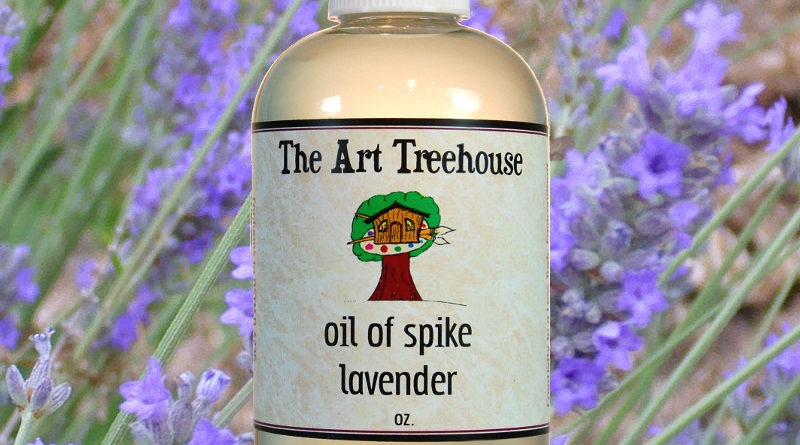
Spike Lavender Safety Highlights
Here are some highlights from the toxicologist report on Spike Lavender:
… In accordance with Title 21 – Food and Drugs, Chapter I – Food and Drug Administration (FDA), Department of Health and Human Services, Part 182 – SUBSTANCES GENERALLY RECOGNIZED AS SAFE (GRAS), Subpart A – Sec. 182.20 General Provisions: Essential oils, oleoresins (solvent-free), and natural extractives (including distillates) that are GENERALLY RECOGNIZED AS SAFE for their intended use, within the meaning of section 409 of the Act, includes Lavender, spike (Lavandula latifolia Vill.). Importantly, GENERALLY RECOGNIZED AS SAFE (GRAS) is a USFDA designation that a chemical or substance added to food (i.e., food additive) is considered safe by experts, and so is exempted from the usual Federal Food, Drug, and Cosmetic Act (FFDCA, the Act) food additive tolerance requirements.
…Accordingly, available evidential scientific literature for Spike Lavender Oil (hereafter, Lavandula latifolia) were reviewed and summarized for conformance to the subject standard, particularly as it would relate to ASTM D4236 – 94 (2005), §3.1 – 5.11. Noteworthy, this review attempts to address all Chronic Hazard Statements as described in ASTM D4236 – 94 (2005), §A1, and the Precautionary Statements (for MSDS use) as described in ASTM D4236 – 94 (2005), §A2.
Conclusion:
Evidential data are supportive that Spike Lavender Oil would not cause a chronic health effect with acute or prolonged dermal or inhalation exposure. The potential for idiosyncratic allergenicity may exist and should be forewarned, but this effect would be readily identified and reversible. It is not proposed as a label caution. Adverse effects during pregnancy are unknown but assumed minimal given the history of product use. It is not proposed as a label caution.
Oil of Spike Lavender was apparently the painting medium of choice from the fourteenth century on, until it was replaced by turpentine after the Industrial Revolution. According to historians, Oil of Spike Lavender was sometimes freely washed over the entire canvas to prepare it for the painting and then it was mixed with the pigments, along with Linseed oil or Walnut oil. Sometimes the artist would actually dip the brush directly in the Spike Oil so that the brush strokes would be smoother. Turpentine was less costly, but of course is more toxic – a fact not widely recognized at the time. Oil of Spike Lavender has an appealing uplifting scent, and only a small amount is needed – a drop or two at a time. We have 2 oz., 4 oz., 8 oz, and 16 oz. versions in the catalog.
Visit the Oil of Spike Lavender product page.
